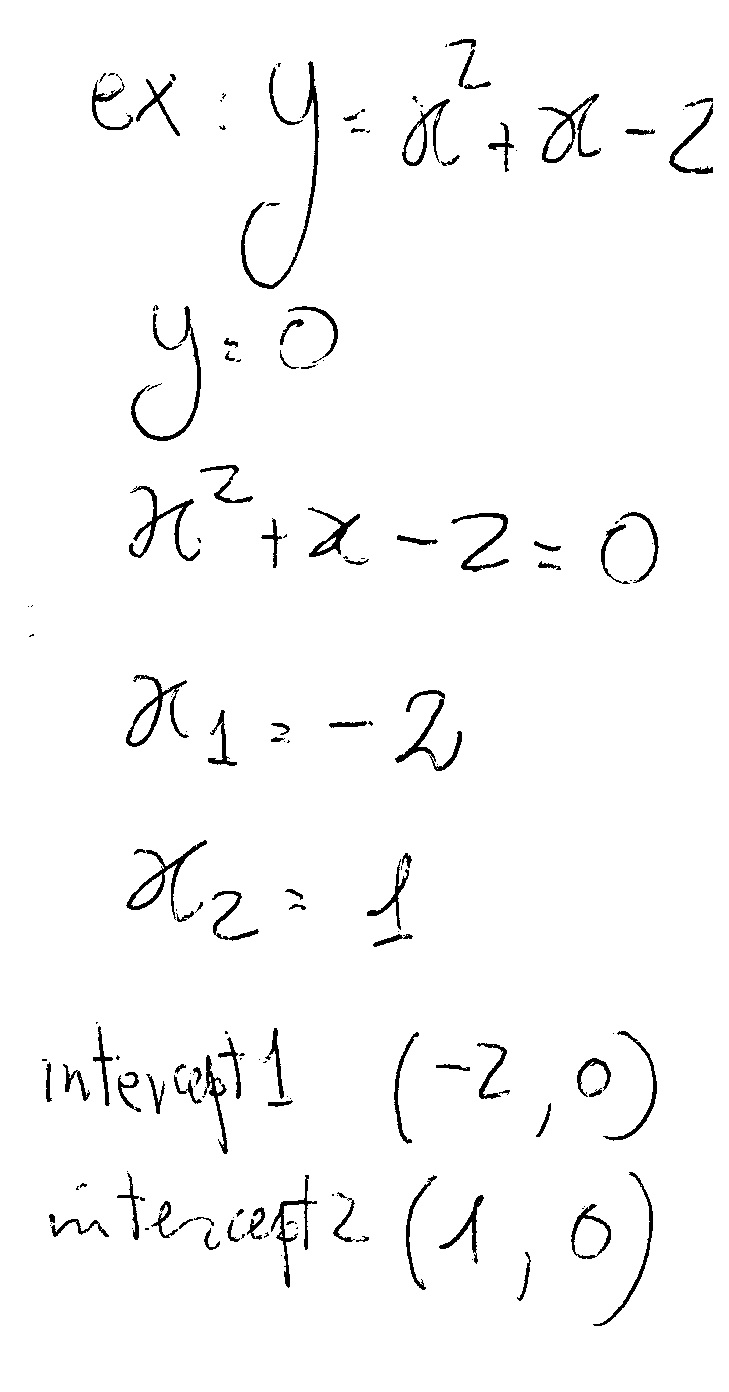Graphing Radical Functions Using Transformations You can graph a radical function of the form =y a √b (xh) k by transforming the graph of y= √ x based on the values of a, b, h, and k The effects of changing parameters in radical functions are the same asSection 12 Transformations of Linear and Absolute Value Functions 13 Writing Refl ections of Functions Let f(x) = ∣ x 3 ∣ 1 a Write a function g whose graph is a refl ection in the xaxis of the graph of f b Write a function h whose graph is a refl ection in the yaxis of the graph of f SOLUTION a A refl ection in the xaxis changes the sign of each output valueK is the vertical translation if k is positive, shifts up if k is negative, shifts down k also shifts the horizontal asymptote a is orientation and shape if a is negative, reflection across xaxis if a > 1, stretched vertically if 0 < a < 1, compressed vertically Example Graph, then state the domain, range and asymptotes \(f(x) = \frac{2}{{x

Quadratic Functions And Their Graphs Algebra Socratic
Y=a(x-h)^2 k transformations






